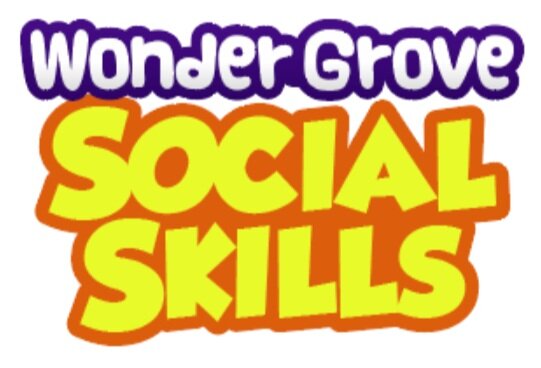Building Empathy in the Classroom
When children disagree, the first advice we, as parents and teachers, often give is “Well, try to put yourself in their shoes.” We try to induce empathy in our children so that they are able to see another person’s point of view and why they may have reacted the way they did. This isn’t always easy, especially with young children.
It isn’t until about mid-preschool that a child is able to “see” what another person is seeing in the literal sense. Emotionally, seeing from another person’s point of view can be tough for little ones. Empathy, or the ability to feel what another person may be feeling in a given situation, can be cultivated in your classroom to increase positive behaviors and in turn create a better classroom culture.
How is empathy related to positive behavior?
One study found that children who viewed a video of a child who had lost her dog (an emotional peer) were more apt to share their stickers than children who viewed a video of a child who was planning a garage sale (an in control peer).
What does this mean?
It means that when children know of and empathize with a situation in which a peer is not in control, they’re more likely to share, create equity, and lower aggression. In fact, empathy has been positively correlated with positive behaviors and negatively associated with aggression and anger in young students.
How can I use this to better my classroom culture?
By explicitly talking about empathy and the role in plays in creating a community, you can make students aware of the behavior needed to achieve a great classroom. Modeling is a great way to bring empathy to the forefront of your students’ minds. However, for even more relatability, models should be the kids’ age. This is where books and other social stories can play a unique role.
Research has shown that children form relationships with animated characters and that those relationships can be used to improve learning. Children have been learning from animated characters for most of their lives through television, movies, and video games--and this same dynamic can be put to use in school!
WonderGrove Social Skills addresses many social-emotional skills that build empathy through social skills cartoons—things like “Always Use Polite Words,” “Respect Other People’s Stuff,” and “Sharing with Others.” These three-minute animated social stories allow your students to see characters their age journey to see from another person’s perspective. The learning can then be solidified through the 20+ extension lessons for each video!
